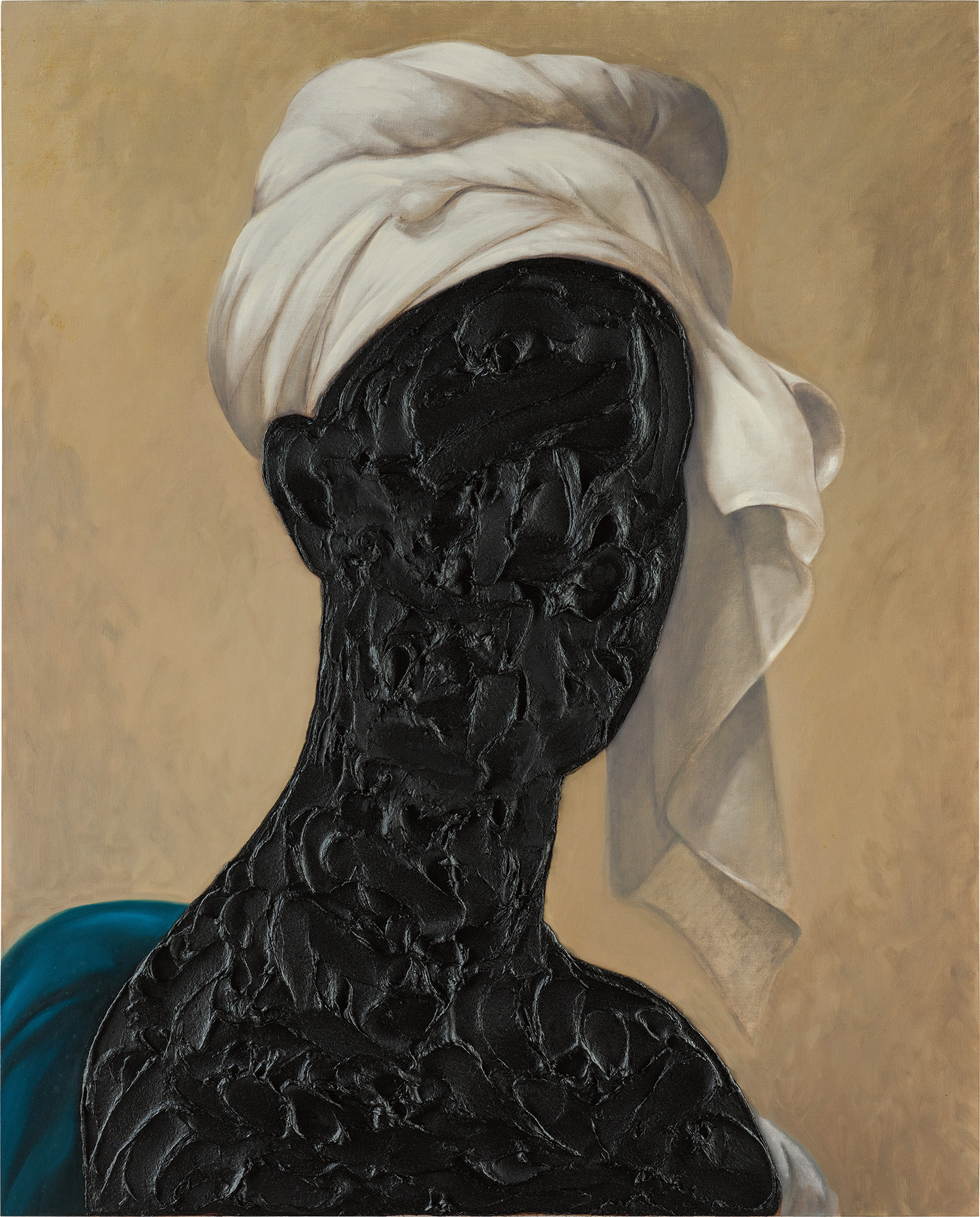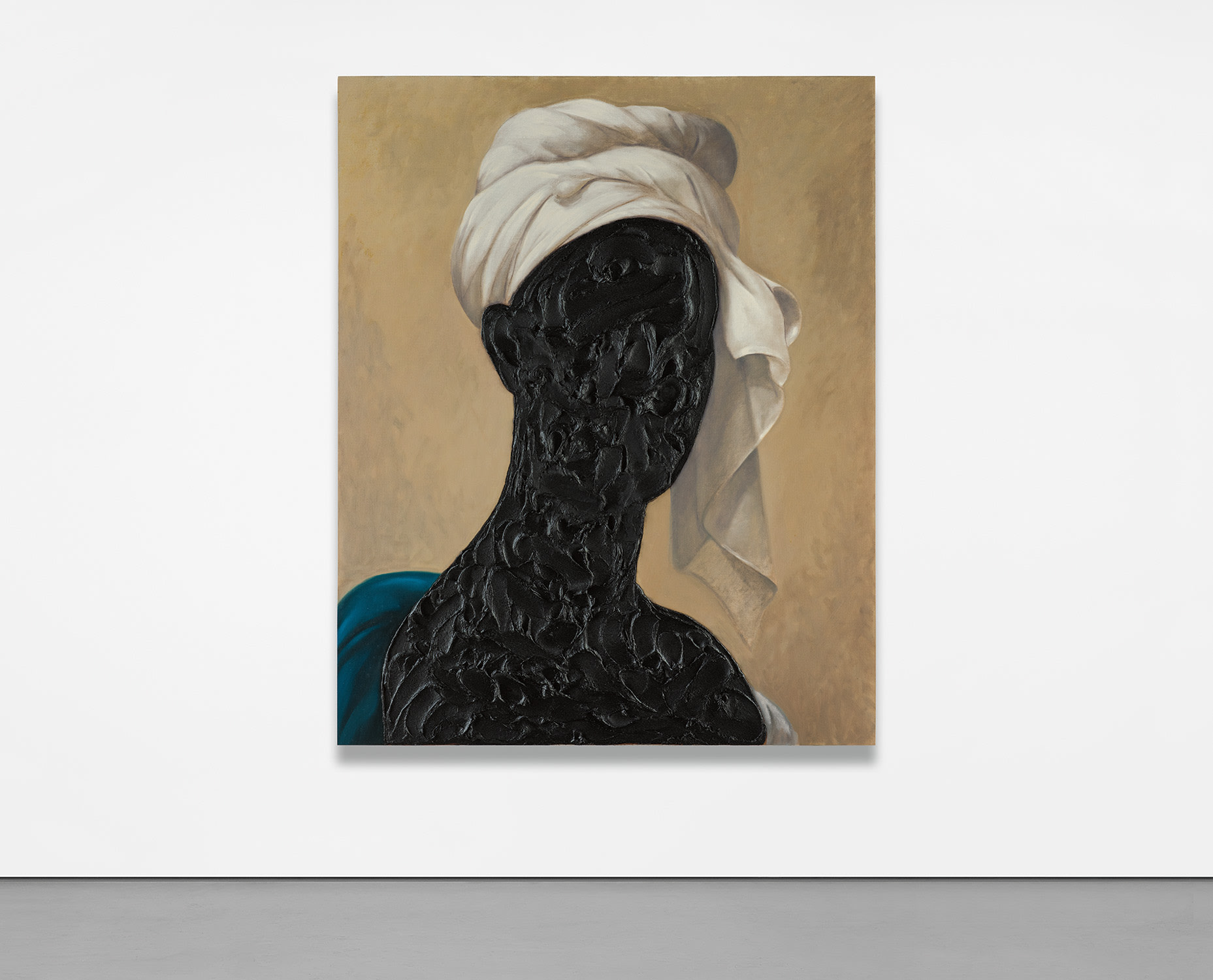



19
Titus Kaphar
Untitled III
Further Details
Full-Cataloguing
Titus Kaphar
Titus Kaphar’s work questions the nature of history and its representations in the past and today. By altering the materiality of his paintings, sculptures, and installations, Kaphar subverts conventional understandings of historical representations and exposes the uncomfortable and troubling realities of the racism in America’s past. Kaphar’s examinations of historical representations and the omissions of such representations encourage viewers to question their own relationships to history and understandings of the past. He strives to dislodge history from the past and to promote its relevance in the world today.
Kaphar’s work has received considerable acclaim, and his paintings have graced two covers of Time magazine. He is the recipient of a 2018 MacArthur Fellowship and his work is represented in such institutions as the Brooklyn Museum, the Museum of Modern Art, New York, the Yale University Art Gallery, New Haven, and the Perez Art Museum Miami. He lives and works in New Haven, Connecticut.